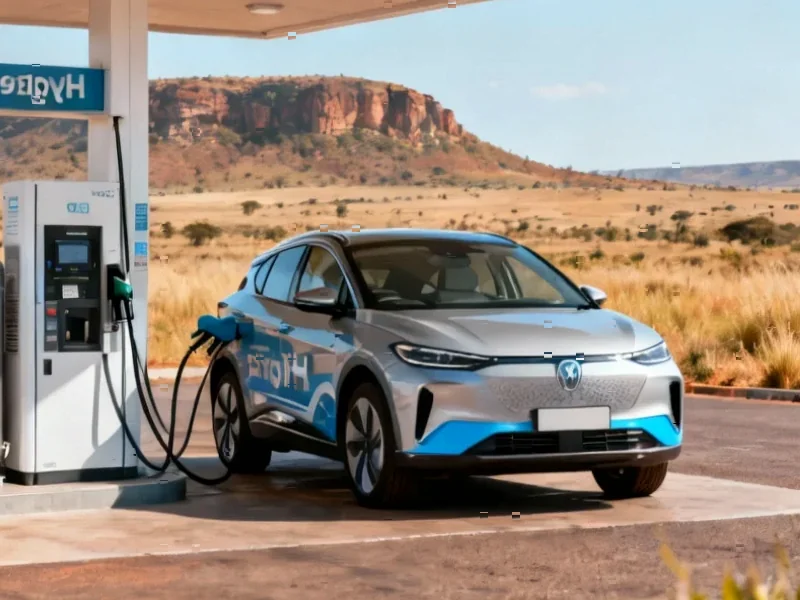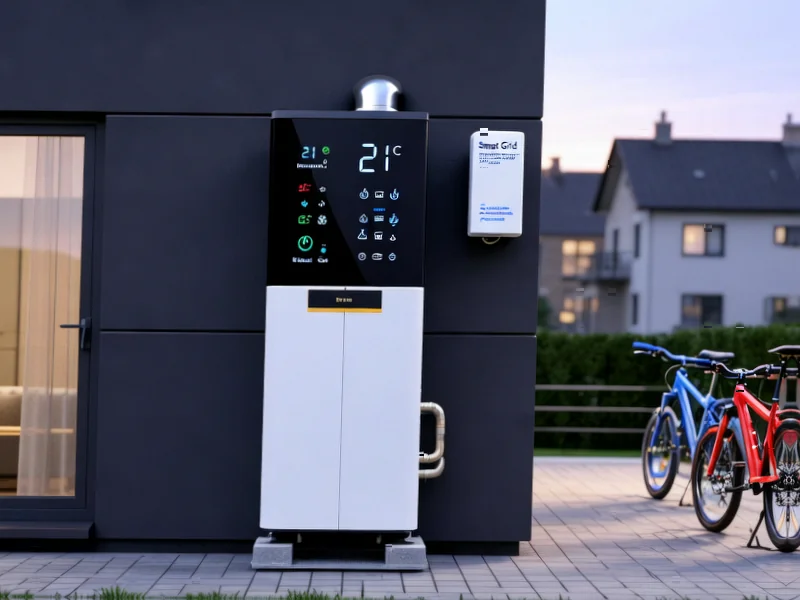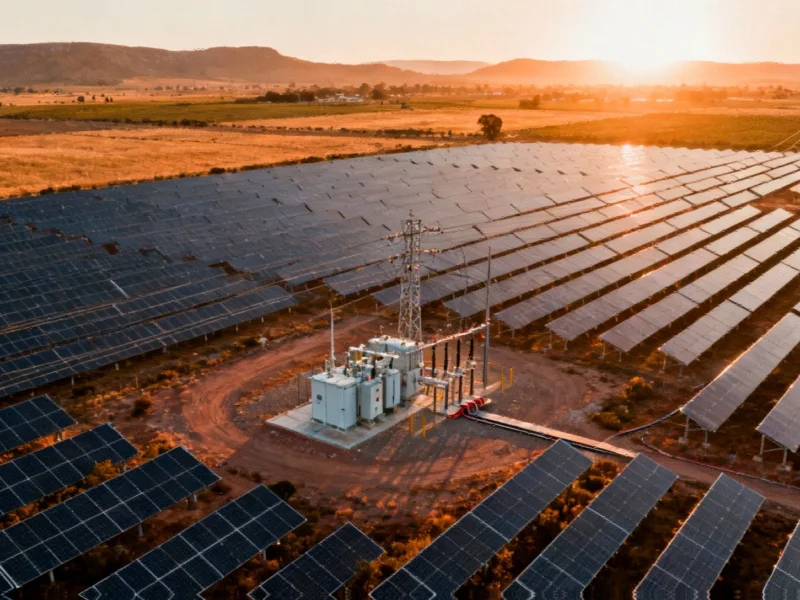According to Utility Dive, hydrogen expert Melanie Davidson argues that California needs a fundamental “do-over” of its hydrogen strategy following the termination of over $2 billion in federal funding for the U.S. Department of Energy’s California and Pacific Northwest Hydrogen Hubs. The failed hubs were premised on using renewable electricity for water-splitting electrolysis to produce hydrogen, targeting the Department of Energy’s ambitious “$1/kg by 2030” goal from the 2021 Hydrogen Shot initiative. However, rising capital costs for electrolyzers, California’s average industrial electricity rates of $0.22/kWh, and a 2027 sunset date for production tax credits have made renewable electrolytic hydrogen economically unviable, with production costs potentially exceeding $20/kg. Davidson proposes embracing “clean hydrogen” alternatives like methane pyrolysis, which the California Air Resources Board reports can achieve carbon intensity scores of 1.8 kgCO2/kgH2 at costs between $2-$4.50/kg by 2045. This sobering assessment reveals why California’s current approach needs fundamental rethinking.
Table of Contents
The Fundamental Flaws in California’s Hydrogen Math
The core problem with California’s renewable hydrogen strategy isn’t technological—it’s economic. While hydrogen itself represents an elegant energy storage solution, the state’s approach ignored basic industrial economics. The assumption that curtailed solar energy could provide cheap electricity for electrolysis overlooked the capital intensity of building dedicated infrastructure. Electrolyzers, compressors, storage vessels, and fuel cells represent massive fixed costs that require high utilization rates to achieve economic viability. In California’s energy market, where industrial electricity prices are among the highest in the nation, the variable cost alone makes hydrogen production economically unsustainable. What’s particularly telling is that even with federal subsidies, the business case collapses—a clear indicator that the fundamental economics are flawed rather than merely needing temporary support.
Why Methane Pylysis Changes the Calculus
Methane pyrolysis represents a fundamentally different economic proposition that addresses several of electrolysis’s weaknesses. Unlike electrolysis, which requires building entirely new energy infrastructure, pyrolysis leverages existing natural gas pipelines that are already built and paid for. More importantly, it creates two revenue streams—hydrogen gas and solid carbon—rather than just one. The solid carbon byproduct can replace fossil-based materials in industries ranging from rubber manufacturing to asphalt, creating additional value that improves the overall economics. What makes this technology particularly compelling for California’s decarbonization goals is its ability to be deployed at scale without requiring massive new renewable generation or transmission infrastructure. The technology essentially piggybacks on existing energy delivery systems while permanently sequestering carbon in solid form.
The Unspoken Grid Implications
One critical aspect that renewable hydrogen advocates often overlook is the staggering grid implications. The California Air Resources Board data revealing that an electrolytic-only approach would require ~200,000 acres of dedicated solar and 72 billion liters of water annually represents an infrastructure challenge of epic proportions. For context, 200,000 acres is roughly three times the size of San Francisco—all dedicated solely to hydrogen production. The water requirement equals approximately 20% of Los Angeles’ annual water usage. These numbers reveal that renewable electrolysis isn’t just economically challenging—it’s logistically impractical at the scale needed to meaningfully decarbonize heavy industry and transportation. The electricity demand alone would strain California’s already challenged grid infrastructure, potentially undermining other decarbonization efforts.
What California Must Change Now
California’s policy framework needs immediate revision to avoid locking in failed approaches. The state’s current “renewable hydrogen only” mindset creates artificial constraints that prevent better solutions from emerging. Rather than prescribing specific technologies, policymakers should focus on performance-based standards centered on carbon intensity. The federal definition of clean hydrogen at ≤4 kgCO2/kgH2 provides a sensible framework that allows multiple technologies to compete on their merits. California should also reconsider its approach to Department of Energy partnerships and funding opportunities to ensure they don’t reinforce failed strategies. Most importantly, the state needs to create regulatory pathways for pilot projects and early commercial deployment of promising alternatives like methane pyrolysis, rather than waiting for perfect solutions that may never arrive.
The National Energy Transition Implications
California’s hydrogen reckoning has national significance as other states develop their own clean energy strategies. The lesson isn’t that hydrogen itself is flawed, but that technology-agnostic approaches focused on outcomes rather than prescribed methods yield better results. States like those served by Northwest Natural, Puget Sound Energy, and CPS Energy are already demonstrating the value of allowing multiple clean hydrogen pathways to compete. This creates a more resilient energy transition strategy that isn’t dependent on any single technology breakthrough. As the energy transition accelerates, the flexibility to adapt to new technological developments and changing economic conditions will prove more valuable than ideological commitment to specific solutions. California’s experience serves as a cautionary tale about the dangers of putting technological purity ahead of practical decarbonization.



